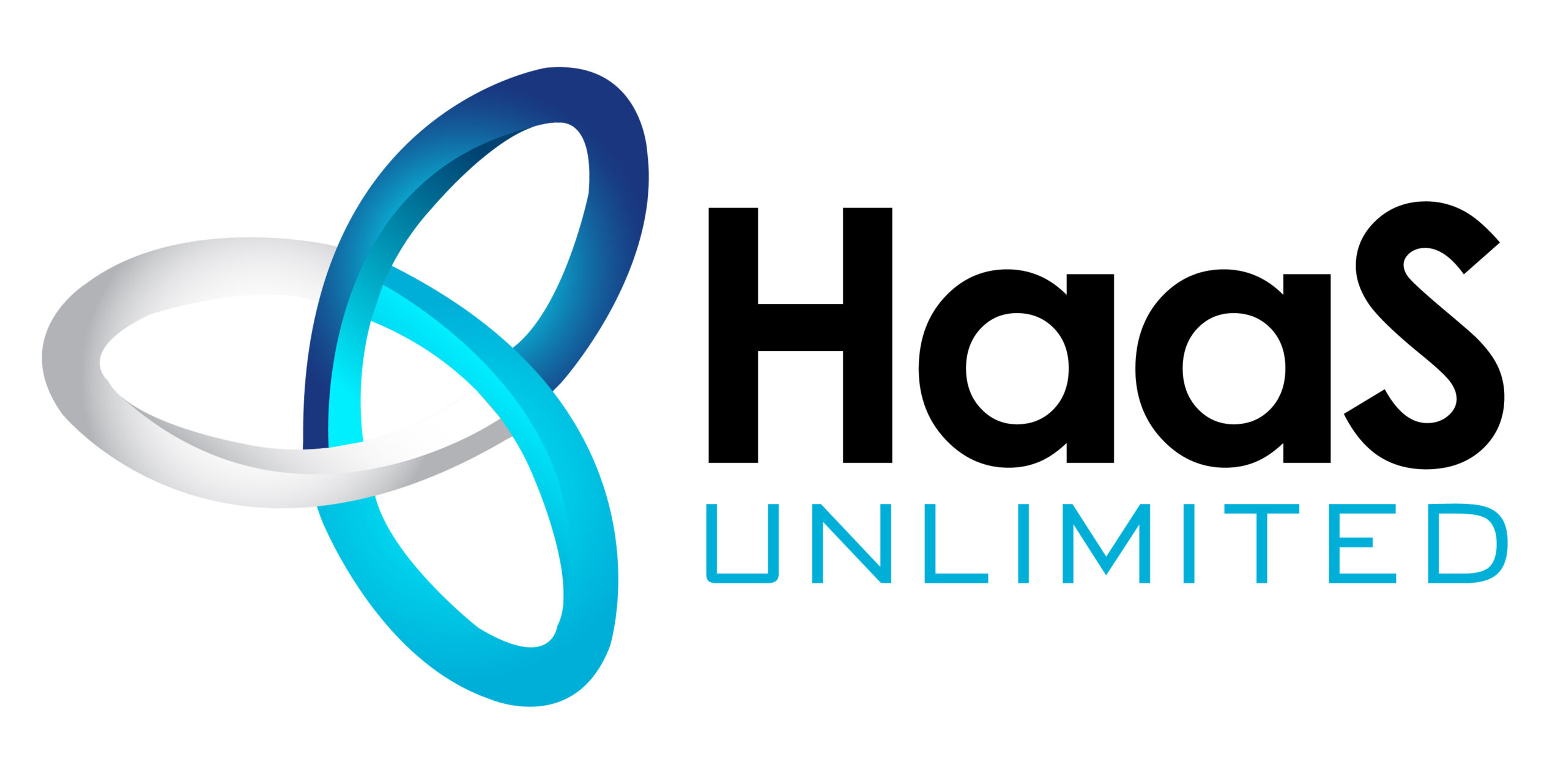
By Cox Communications
Southern California continues to face evolving threats from natural disasters—from wildfires fueled by extreme heat and drought to floods and debris flows following record-breaking rainfall, to the ever-present risk of earthquakes. For residents and business owners alike, year-round preparation is no longer optional. It’s essential.
Cox Communications understands the critical importance of reliable connectivity before, during, and after an emergency. Whether it’s keeping families and neighbors in touch, powering remote work and school, or ensuring hospitals and first responders have the connectivity they need to serve the community, Cox is committed to maintaining the strongest network in even the most extreme conditions.
To provide resilient service during a disaster, Cox continues to invest in network and product upgrades. Over the last 10 years, Cox has committed more than $19 billion to these efforts with $400 million earmarked for expanding services in underserved communities over the next few years. These investments aren’t just about gaming and productivity at work, but rather they’re designed to handle maximum strain such as that which can come with an emergency.
Southern California’s wildfire season is now a year-round phenomenon given the cycle of risks: dry and windy conditions in one season followed by rain and flooding the next. Cox holds regular readiness exercises, reviews its business continuity plans, and works collaboratively across departments to make sure employees are trained and ready to respond to a range of natural disasters.
When dangerous weather patterns—like our infamous Santa Ana winds—spark wildfire risk, utility companies may implement a Public Safety Power Shutoff (PSPS) to reduce the potential of an ignition. When this happens, even in areas where Cox is required to maintain backup power for its network, your home equipment may not work unless you have a backup power source on your premises. Cox stays in close contact with local utility providers and public safety agencies to monitor events and protect its infrastructure.
While Cox is at the ready as a community partner, there are things community members can do on their end to better prepare for an unexpected event.
Keep a corded landline and battery backup for phone service. Cox Voice customers should have a corded phone on hand and a fully charged backup battery for their phone modem. Call 855-324-7700
Follow and get updates on Cox’s social media accounts especially @coxcalifornia. In the event of a PSPS, wildfire, or other natural disaster, Cox will post service outage updates, tips, and other important information on this handle.
Download Cox apps. Don’t wait until there is an emergency to get Cox apps.
Cox app gives you the ability to check on outages, stay up to date with text alerts, and manage accounts.
Cox Contour app lets customers access the latest news and weather anytime as well as stream their favorite content on smartphones and tablets.
Stay connected with Cox’s WiFi backup internet service. Cox now offers Stay Connected, a WiFi backup solution powered by unlimited 4G LTE cellular data and a four-hour battery. This service automatically switches to cellular internet when your primary connection goes down keeping you online during outages caused by power shut offs or natural disasters.
Keep a portable generator on hand. Back-up power? Yes, please. If your power goes out, a generator may prolong your services if your Cox service location still has power. Check your generator’s owner’s manual for details on power capacity and safe operation.
Update contact information. Get ahead of wildfire season and update your preferred contact information with Cox to receive emergency and outage notices.
Be aware of disaster relief protections. You could be eligible for consumer disaster relief protections if your Cox Voice service goes out during a state of emergency declared by the California Governor’s Office or the President of the United States. Disaster relief protections include a waiver of a one-time activation fee for establishing remote call forwarding.
Know your evacuation zones and emergency contacts. Take time now to identify your local evacuation zones, emergency shelters, and public safety contact numbers. Program them into your phone and keep a printed list on hand, along with an emergency go-bag with stocked essentials.
The news and editorial staffs of the Daily Breeze had no role in this post’s preparation.
